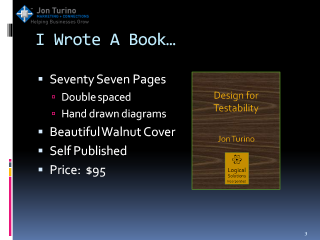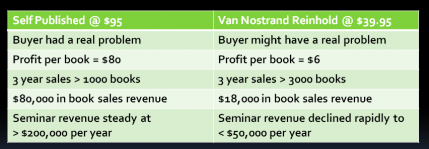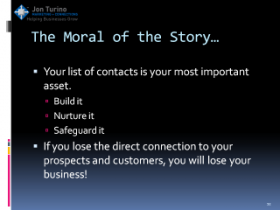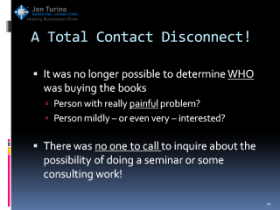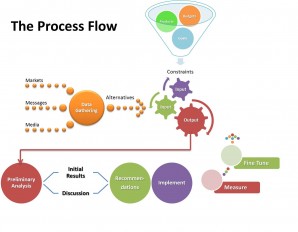 I heard it way back when from Steve Thornton at the 2012 Portland Success Summit. I’ve heard it from Zig Ziglar. I’ve heard it from Anthony Robbins. I think I’ve heard it from every motivational speaker that I’ve ever had the privilege of listening to, starting 35 years ago with Louis Tice when I worked for the John Fluke Manufacturing Company.
I heard it way back when from Steve Thornton at the 2012 Portland Success Summit. I’ve heard it from Zig Ziglar. I’ve heard it from Anthony Robbins. I think I’ve heard it from every motivational speaker that I’ve ever had the privilege of listening to, starting 35 years ago with Louis Tice when I worked for the John Fluke Manufacturing Company.
(Quick aside: With a name like Fluke, you had better deliver results that aren’t flukes, just like Smuckers needs to deliver good tasting jams and jellies!)
I’ve not only heard it and read about it in books including The Magic of Believing, and continued to use it, but I’ve actually taught it to others. And I am still amazed at the power of a vision.
If you can create a clear picture in your mind of how things are — will be, but in the present tense — when you are doing what you most want to do, your subconscious will cause you to resolve the conflict between the current picture of your reality and the reality as you imagine it. Your subconscious does not like conflict, or disharmony as I once heard it described. It wants you to feel content.
So if you create a vision of how you are when you have accomplished the goals you need to achieve your vision, and if you can couple that with a “feeling good” emotion, it will lead you to do the things necessary to change reality as it is today into reality as you visualize it. Or it will modify your picture of reality as you visualize to match where you are now and keep you stuck where you are. But it will resolve the conflict, one way or the other.
This is not new age weirdness. It is proven science that works for people in business, in athletics, in medicine and in any other field. And there are too many people who have used it, continue to use it, proselytize about it and, in fact succeed with it, to ignore.
If you haven’t been exposed to this powerful mechanism for changing your life, you owe it to yourself to learn as much as you can about it as soon as possible so that you can begin to use it to achieve your vision in life. Unless, of course, you are perfectly happy with the way things are in your life right now.
As I used to tell my students: Make a picture, make it real and make it feel. Your creative subconscious will go to work for you to help you make your vision a reality.
Want more? Order your copy of Inspiration Now! today.


